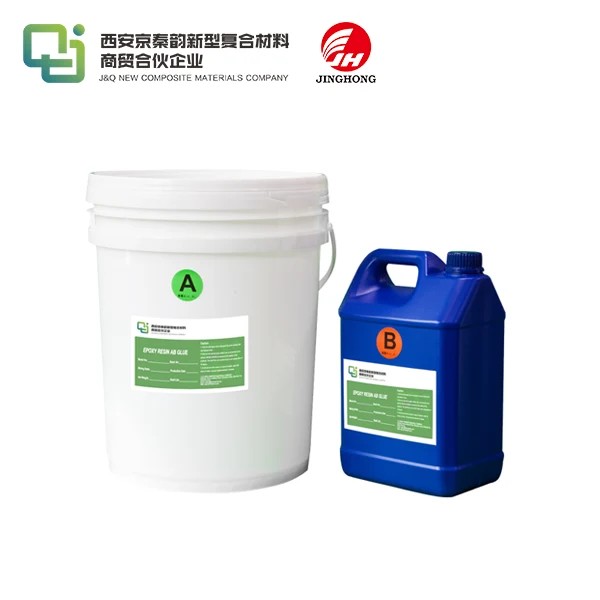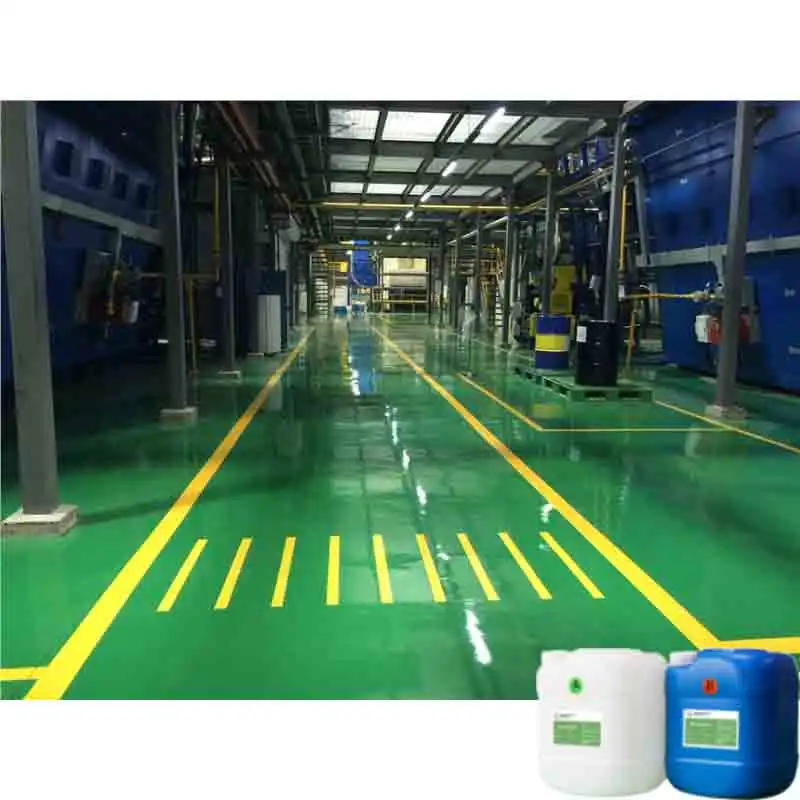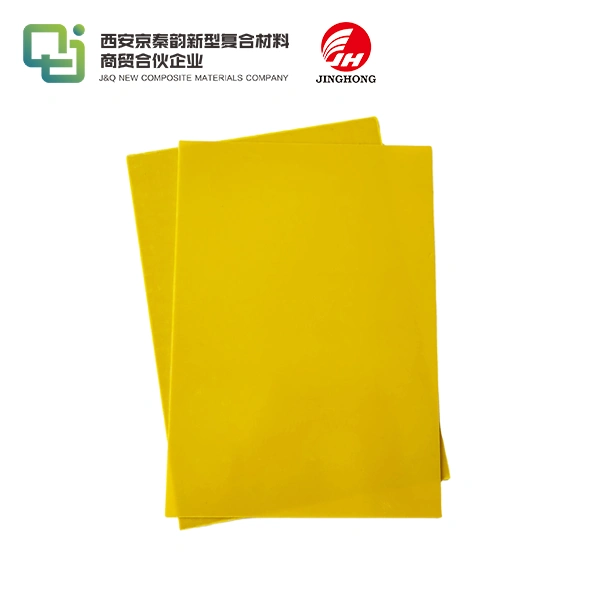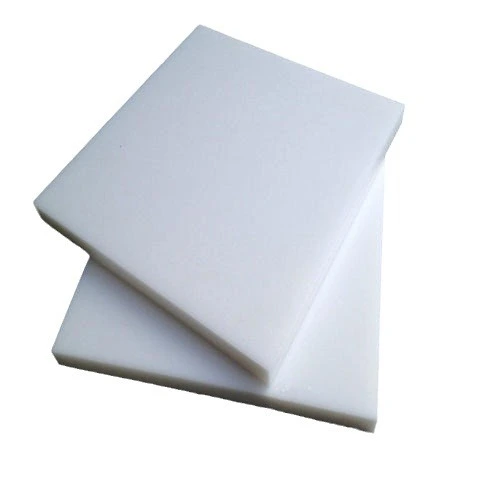How to Test the Electrical Properties of Epoxy Resin Sheets?
2025-09-09 17:18:52
Testing the electrical properties of epoxy resin sheets is crucial for ensuring their performance and safety in various applications. The process involves several standardized methods to measure key parameters such as dielectric strength, insulation resistance, and breakdown voltage. These tests typically utilize specialized equipment like high-voltage testers, megohm meters, and arc resistance testers. By following industry standards and best practices, manufacturers and engineers can accurately assess the electrical characteristics of epoxy resin sheets, ensuring they meet the required specifications for their intended use in electrical insulation, printed circuit boards, and other critical applications.
Methods Used to Measure Dielectric Strength
Short-Time Test Method
The short-time test method is a widely adopted technique for evaluating the dielectric strength of epoxy resin sheets. During the test, a continuously increasing voltage is applied across the material until electrical breakdown occurs. The voltage level at the point of failure is recorded as the dielectric strength. This method offers a rapid and straightforward way to assess the insulation performance of the material under high-voltage conditions. It is particularly useful for quality control and comparative material screening due to its simplicity and quick results. However, it may not fully represent the material’s behavior under prolonged electrical stress
Step-by-Step Voltage Test
The step-by-step voltage test on epoxy resin sheets provides a more nuanced evaluation of dielectric strength by applying voltage in incremental stages. Each voltage level is maintained for a set period before increasing to the next step. This process allows observers to monitor how the material responds to sustained electrical stress over time. By analyzing partial failures or gradual changes in insulation properties, this method helps predict long-term durability and resistance to electrical aging. It is especially valuable for applications where epoxy resin sheets are exposed to variable voltage loads.
Partial Discharge Measurement
Partial discharge measurement is a sophisticated diagnostic method used to evaluate the dielectric integrity of epoxy resin sheets. It involves detecting and quantifying small, localized electrical discharges within the insulation when exposed to high voltage. These discharges often occur at voids, impurities, or structural defects. By monitoring partial discharge activity, engineers can identify early signs of insulation degradation and pinpoint weaknesses before complete breakdown happens. This technique is critical for ensuring reliability in high-voltage applications and supporting preventive maintenance strategies.

Insulation Resistance, Breakdown Voltage, and Arc Testing
Insulation Resistance Testing
Insulation resistance testing serves as a fundamental method for evaluating the electrical properties of epoxy resin sheets. This procedure measures the material’s capacity to impede electric current when subjected to a specified voltage. A megohm meter, commonly referred to as a megger, is employed to apply a controlled voltage and accurately measure the leakage current. The insulation resistance value, derived from the ratio of voltage to current, indicates the effectiveness of the material as an electrical insulator. High resistance values are critical for ensuring safety and performance in electrical applications, preventing current leakage and short circuits.
Breakdown Voltage Testing
Breakdown voltage testing is conducted to determine the maximum voltage that an epoxy resin sheet can endure before its insulation properties fail. During the test, the voltage applied across the material is progressively increased until a breakdown occurs, resulting in a sudden loss of insulating ability. The recorded voltage at this failure point is known as the breakdown voltage. This key parameter helps in assessing the material’s reliability and durability under high-stress electrical conditions, ensuring it meets required safety standards for use in high-voltage environments.
Arc Resistance Testing
Arc resistance testing measures the ability of an epoxy resin sheet to resist the effects of an electrical arc. In this test, the material is exposed to a high-voltage electrical arc, and the time it takes for the surface to become conductive is recorded. prolonged resistance to arcing is essential in applications where the material may encounter electrical sparks or discharges, such as in switches or high-energy equipment. Superior arc resistance helps prevent surface tracking and carbonization, thereby maintaining insulation integrity and enhancing operational safety.
Industry Standards for Electrical Performance Evaluation
ASTM Standards
The American Society for Testing and Materials (ASTM) provides several standards for evaluating the electrical properties of epoxy resin sheets. These standards include ASTM D149 for dielectric breakdown voltage and dielectric strength testing, ASTM D257 for DC resistance or conductance of insulating materials, and ASTM D495 for high-voltage, low-current, dry arc resistance of solid electrical insulation. These standards ensure consistency and reliability in testing procedures across the industry.
IEC Standards
The International Electrotechnical Commission (IEC) also provides standards for testing epoxy resin sheets. IEC 60243-1 covers electrical strength testing methods for solid insulating materials, while IEC 60093 deals with methods of test for volume resistivity and surface resistivity of solid electrical insulating materials. These standards are widely recognized and used globally for ensuring the quality and performance of electrical insulation materials.
IEEE Standards
The Institute of Electrical and Electronics Engineers (IEEE) contributes to the standardization of electrical testing methods for epoxy resin sheets. IEEE 43, for instance, provides recommended practices for testing insulation resistance of rotating machinery. While not specifically designed for epoxy resin sheets, these standards often inform testing procedures for various insulating materials used in electrical applications.
Conclusion
Testing the electrical properties of epoxy resin sheets is a multifaceted process that requires precision, specialized equipment, and adherence to industry standards. By employing methods such as dielectric strength testing, insulation resistance measurement, and arc resistance evaluation, manufacturers and engineers can ensure the reliability and safety of epoxy resin sheets in various electrical applications. Compliance with standards set by organizations like ASTM, IEC, and IEEE guarantees consistency and quality in the evaluation process, ultimately contributing to the development of superior electrical insulation materials.
Contact Us
For more information about our epoxy resin sheets and their electrical properties, please contact us at info@jhd-material.com. Our team of experts is ready to assist you with any questions or specific requirements you may have.
References
1. Electrical Properties of Epoxy Resin Composites: A Review. Journal of Materials Science, 2021.
2. Standard Test Methods for DC Resistance or Conductance of Insulating Materials. ASTM International, 2020.
3. Dielectric Strength Testing of Electrical Insulation Materials: Theory and Practice. IEEE Electrical Insulation Magazine, 2019.
4. Advances in High Voltage Engineering Testing Techniques. IET Power and Energy Series, 2018.
5. Handbook of Electrical and Electronic Insulating Materials. Wiley-IEEE Press, 2017. 6. Epoxy Resins: Chemistry and Technology. CRC Press, 2018.

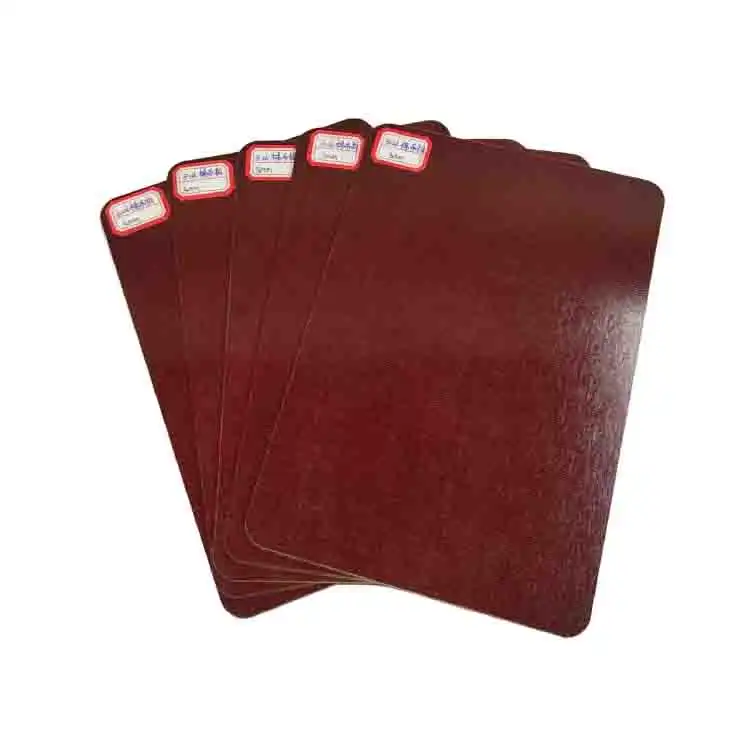
_1732777843529.webp)
